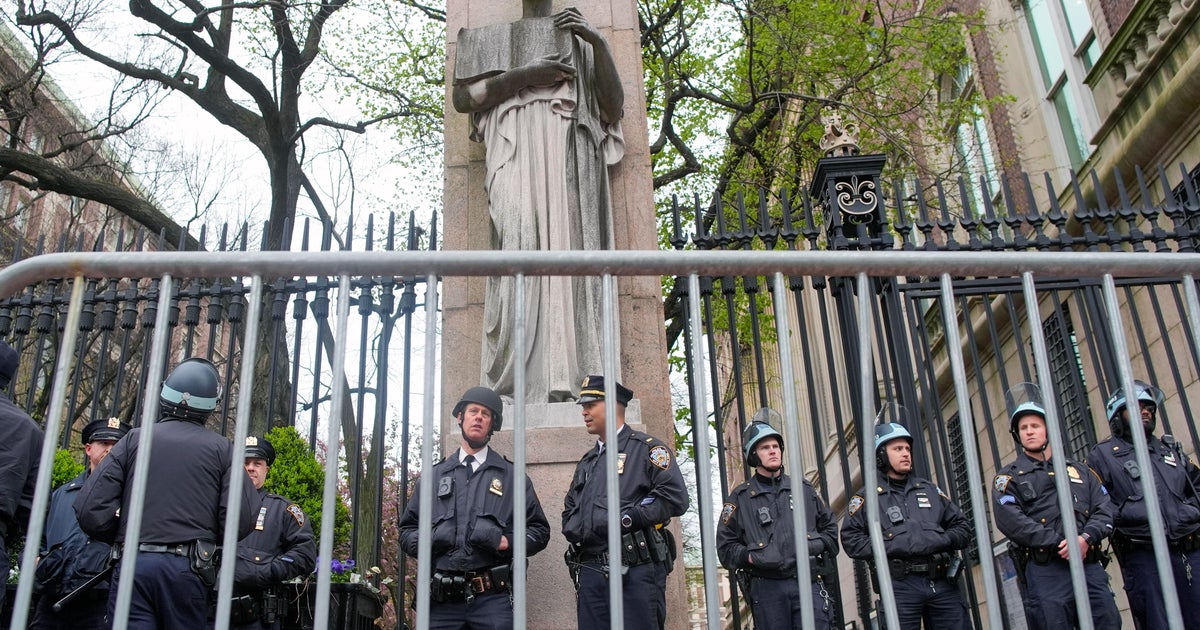Stories From Main Street: Stevens Students Recreate Historic Steamboat
HOBOKEN, N.J. (CBSNewYork) -- WCBS 880's Sean Adams is taking a look back at the history of the America's Cup before it sails into New York Harbor later this week.
The origin of the boat race dates back to 1851, when Commodore John Cox Stevens, whose brother founded the Stevens Institute of Technology in Hoboken, sailed the yacht America to victory in England.
But before him, his father Col. John Stevens made waves of his own, building the world's first successful propeller driven steam boat.
"Lewis and Clark were exploring the west, the flintlock rifle was the most sophisticated weapon of its day, Thomas Jefferson was president of the United States when this boat was built," said Stevens adjunct professor Carl Kriegeskotte, who has recreated the historic vessel with the help of his students.
The 25-feet long, Whitehall style boat, called Little Juliana, was a giant in maritime development.
Kriegeskotte said everyone thinks Robert Fulton is "the hero of steamboating," often being credited with building the first commercially successful steamboat, called the Clermont, but the professor says that's not so.
"The Clermont was launched in 1807, John Stevens built this boat and successfully ran it in 1804," Kriegeskotte said.
Kriegeskotte said to recreate the vessel, he and his students went to the Smithsonian Institution in Washington, D.C. where they were able to inspect the boats original engine and boiler.
"We were given permission to go there and very carefully without touching any original equipment with metal calibers or rulers, we brought plastic calibers with us and we documented the entire engine and boiler," he said.
According to a press release on the schools website, the boat's system and design were "decades ahead of their time."
"The water to make the steam was taken right out of the Hudson River, and made into steam and then run through the one-cylinder engine which makes the piston go up and down, the two big gears turn, the two propellers turn, it's forward and reverse," Kriegeskotte said.
"It's really a revolutionary idea as far as naval architecture we wouldn't be where we are today without Col. John Stevens," student Eric Heinowitz said.



